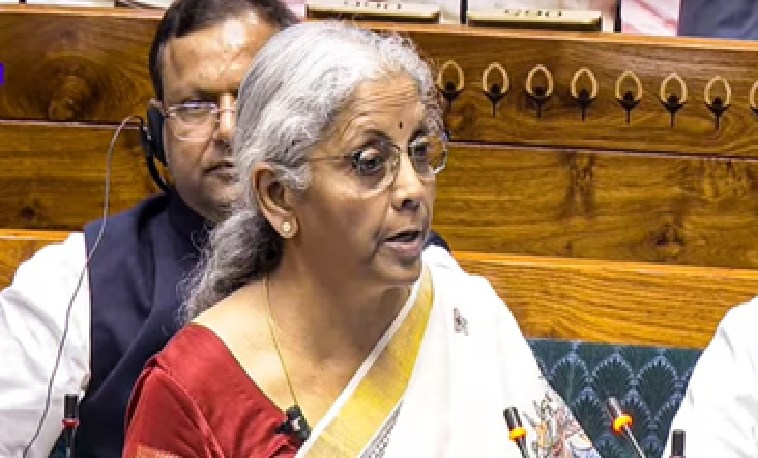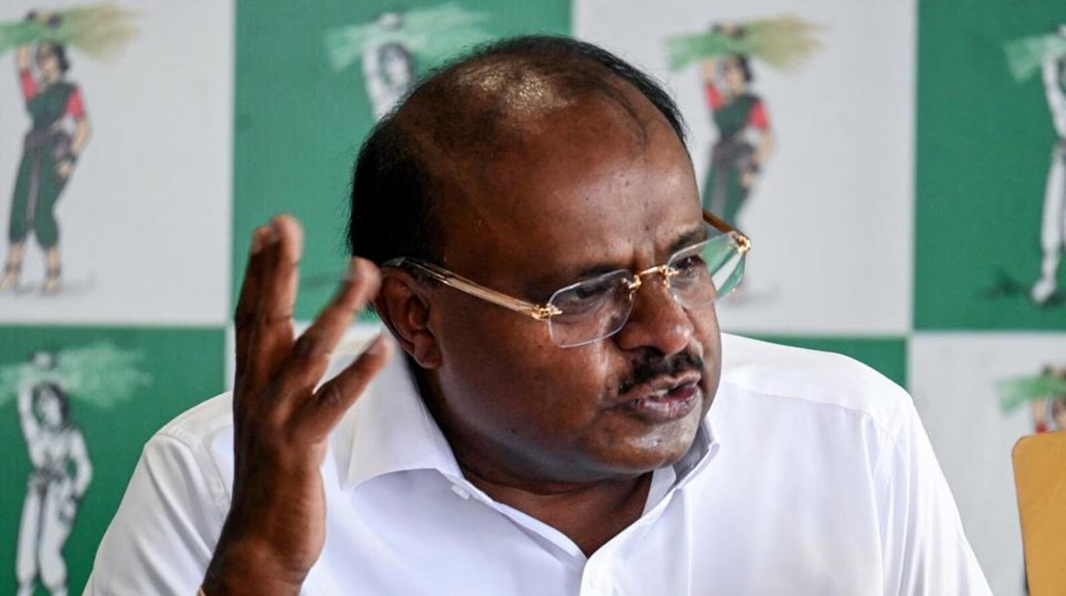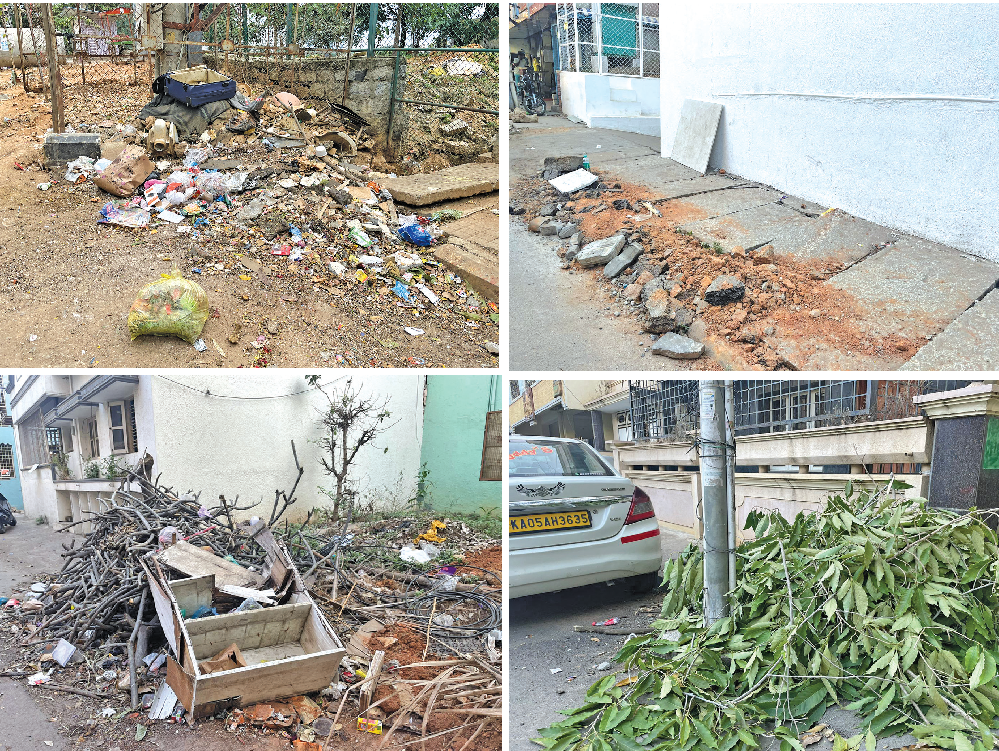
Groundwater level ‘critical’ at many places
Vijender Reddy Muthyala
Co-founder & CEO, DrinkPrime
When we hear about the water crisis, there are certain images that immediately pop up in our heads - dry lands and lakes, hand pumps with trickling water and people standing in long queues to collect water.
The next obvious thought, especially for those of us who live in metro cities, is that this is a rural problem. Here’s something that might change the thought - close to 70% of the apartments in Bengaluru do not have access to Cauvery water or municipal water!
Wondering how the residents of these apartments get water? They depend on private tankers and borewells to sustain their water needs, placing major stress on groundwater. India’s groundwater extraction rate is the highest in the world - higher than the US and China combined. The Central Groundwater Board report of 2017 states that approximately 40% of the 700 districts in India have at some level reported ‘critical’ or ‘overexploited’ groundwater levels.
Lack of groundwater can lead to several problems - scarcity of drinking water for a huge population that solely depends on groundwater and unreliable, changing water qualities in different areas.Regrettably, India happens to capture only 8% of its annual rainfall. This is among the lowest in the world. The most feasible and effective modes of water capturing such as using traditional ponds have significantly deteriorated due to the rising population and due to town planning.
So, no blanket solution can remedy this issue. Especially, as people have to depend on the minuscule amount of groundwater to survive regardless of whether it’s contaminated.
This brings us to the next problem - changing water qualities in different areas. Did you know that people in your neighbourhood might be accessing water of different qualities? This is because they access different water sources. For instance, in Bengaluru, there are three main water sources - Cauvery/municipal connection, tankers and borewells. Water quality varies based on the source.
Wondering why this matters? Water quality is determined by considering several parameters like the levels of total dissolved solids (TDS), turbidity (clarity), Chloride, pH and Nitrate. Consuming poor quality water can have serious implications on health.
TDS levels in water can range from 100 to 2000 parts per million (PPM). However, only TDS levels of 50 to 150 parts per million (PPM) are considered absolutely safe.
The Bureau of Indian Standards (BIS) sets the upper limit of TDS level in the water to be 500 ppm. However, the TDS level recommended by WHO is 300 ppm.
High levels of TDS in the water can cause several diseases like vomiting, nausea, rashes, dizziness, etc. Additionally, significant levels of TDS also cause issues like dry hair, hair fall and skin allergies.
Turbidity, on the other hand, refers to the amount of cloudiness in the water. High levels of turbidity can be due to physical contaminants like mud, silt, soil, etc. According to WHO, Turbidity levels should ideally be kept well below 1 NTU.
So, despite the water quality, how can you get safe drinking water? The only way to keep the water quality parameters within acceptable limits is by perfect purification before consumption. If you’ve been depending on water cans, traditional water purifiers or boiling of tap water for your daily drinking water needs, ensure you don’t drink overpurified or under-purified water. You can maintain good health by drinking perfectly purified water because it is a natural source of essential minerals for your body.
As you would have realized by now, we cannot tackle all the water challenges in India in a day or two. But if we approach the challenges in a holistic manner and do our part, this is not an impossible task. This World Water Day, let’s pledge to save water - turn off taps when not in use, use RO water purifiers’ discard water for plants and other household activities and ensure our near and dear ones understand the importance of using water diligently.
 English daily published in Bengaluru & Doha
English daily published in Bengaluru & Doha






